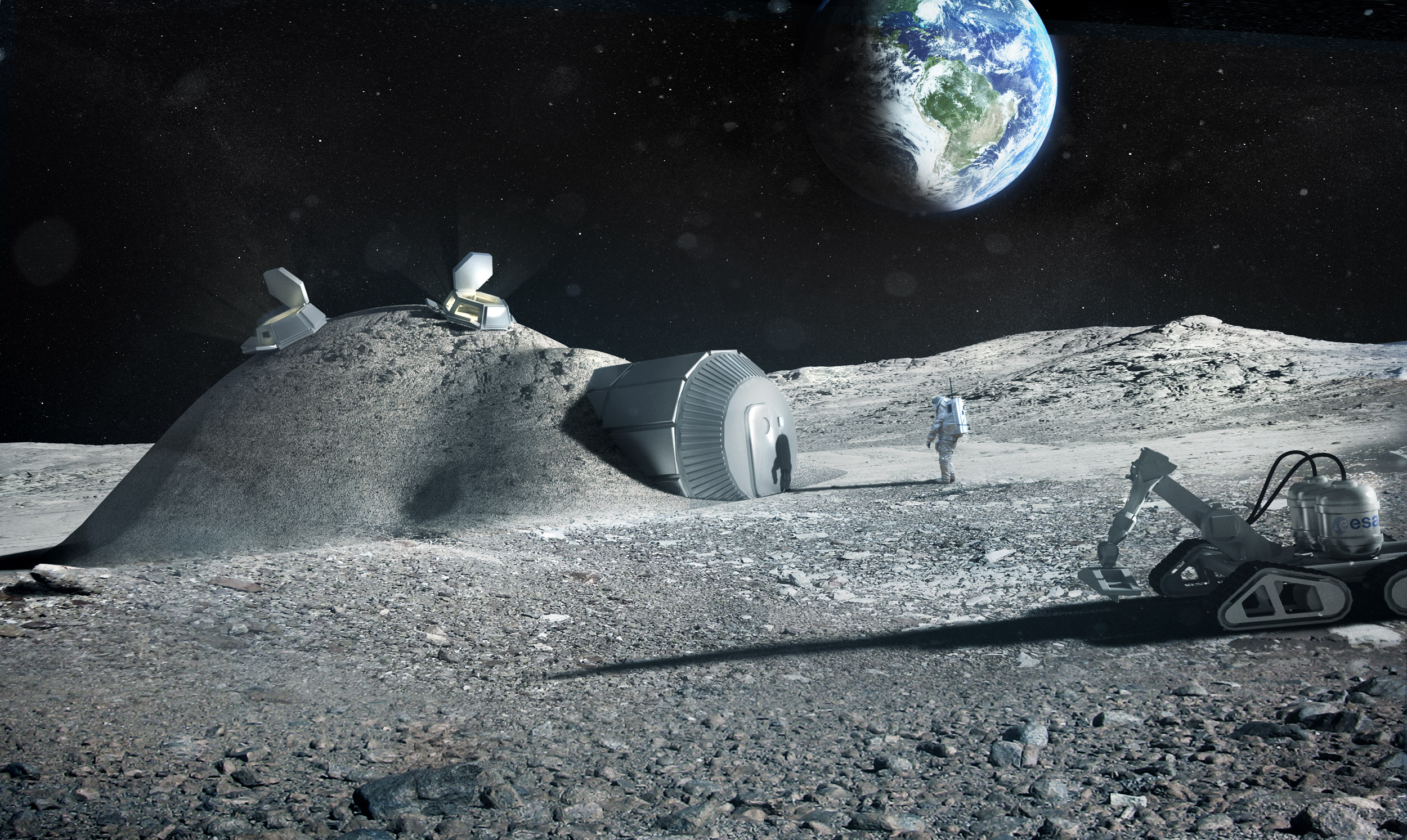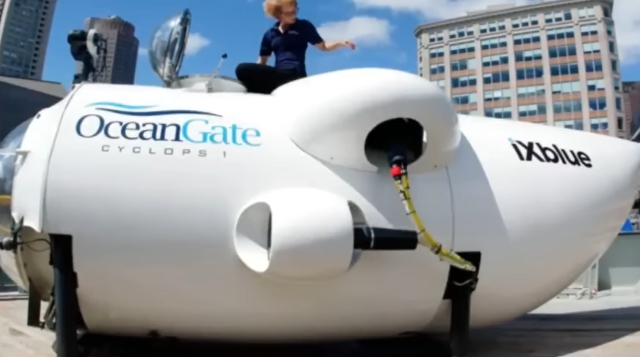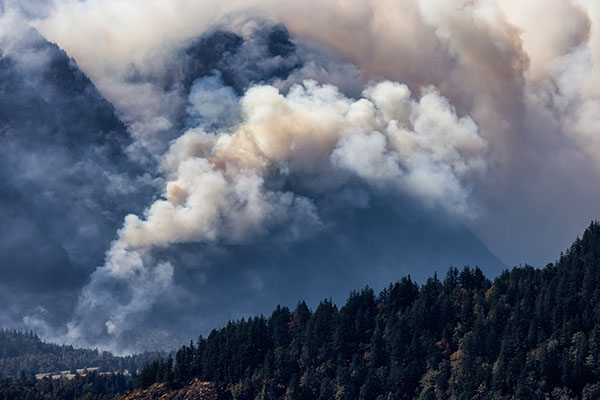
"Earth is naturally a volatile environment," said Jekan Thanga, a professor of aerospace and mechanical engineering at the University of Arizona (UArizona) and one of the study researchers.
Around 75,000 years ago, for example, the eruption of the supervolcano Toba in what is now Indonesia nearly wiped out humans. The catastrophic event triggered a thousand-year-long cooling period, which scientists link to a dramatic drop in biodiversity.
"Because human civilization has such a large footprint, if it were to collapse, that could have a negative cascading effect on the rest of the planet," Thanga said.
The researchers presented their proposal during the Institute of Electrical and Electronics Engineers Aerospace Conference, which was held virtually from March 6 to 13.
Building a cold-storage facility in the moon's lava tubes
The idea of creating gene banks to preserve life is not new. In fact, a cold-storage facility on the island of Spitsbergen in the Arctic Sea was built precisely for this purpose. Called the "Svalbard Global Seed Vault," the seed repository contains more than a million seeds from hundreds of thousands of plant species.
But the facility's terrestrial location leaves the specimens vulnerable to natural disasters, such as volcanic eruptions, asteroid impacts and earthquakes. A lunar underground facility, on the other hand, would be safe from these threats.

Thanga and his team examined the feasibility of building such a facility. According to their calculations, it would take only 250 rocket launches to transport 50 samples for each of the 6.7 million target species. By comparison, assembling the International Space Station in low-Earth orbit took a total of 40 rocket launches.
"It's not crazy big. We were a little bit surprised about that," Thanga said.
During their presentation, the researchers proposed building a cold-storage facility inside a "lava tube," a hollow tunnel below the lunar surface. Lava tubes formed billions of years ago when molten rock flowed below the lunar surface, leaving behind a network of tunnels that measure around 330 feet in diameter.
Given their location underground, these chambers could offer protection from solar radiation, meteorites and extreme shifts in temperatures. (Related: Scientists say the Moon and Mars may have lava tubes so large, they could be used as permanent base structures for colonization.)
The underground facility would be accessible via two or more elevator shafts, one of which would be used to transport construction materials. The researchers suggested deploying tiny, flying robots called "SphereX," which Thanga co-developed as part of another project, to aid in building the facility.
These robots could enter lava tubes and work in teams to collect samples of lunar dust and rock. They could also collect data on the layout, temperatures and makeup of the tunnels, which could be used to refine construction.
A series of cylindrical "cryo-preservation" modules would run along the length of the lava tubes, connecting the elevator shafts to each other and to other facilities such as a lab. Each module would house stacks of Petri dishes that would contain specimens. The specimens would be refrigerated at cryogenic temperatures and solar panels installed on the lunar surface would power the facility.
Using quantum levitation to protect the specimens
The researchers also proposed taking advantage of "quantum levitation" to prevent the issues that come with operating a cold-storage facility, such as the freezing, jamming or cold-welding of metal base components.
In quantum levitation, a superconductor material levitates over a powerful magnet, particularly a quantum levitation track designed specifically for this purpose.
"It's like they're locked in place by strings, but invisible strings," Thanga explained.
Quantum levitation would allow the stacks of Petri dishes to float and avoid contact with the metal surface. To achieve this, the researchers suggested using robots that would hold the stacks while they themselves floated above a magnetic track.
"When you get to cryogenic temperatures, strange things happen. Some of it just looks like magic but is based on tried and laboratory-tested physics principles at the edge of our understanding," Thanga said.
Building such a lunar facility is still a long way off, however. For one, the researchers still need to determine how the facility would communicate with Earth and how a low-gravity environment could affect the specimens.
But Alvaro Diaz-Flores, a doctoral student at UArizona who contributed to the proposal, is optimistic about our prospects in space.
"What amazes me about projects like this is that they make me feel like we are getting closer to becoming a space civilization, and to a not-very-distant future where humankind will have bases on the moon and Mars," said Diaz-Flores.
Learn more about ambitious proposals to colonize space at Space.news.
Sources include:
Please contact us for more information.





















